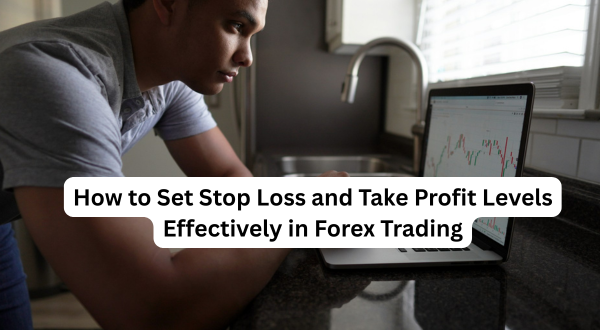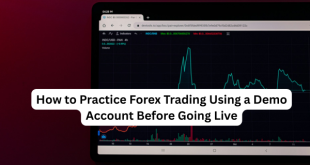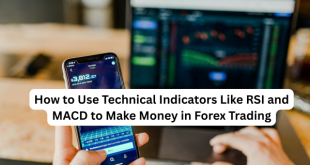One of the biggest mistakes new forex traders make is not knowing where or when to exit a trade. Entering a trade is only half the battle—knowing when to get out, whether you’re right or wrong, is what separates profitable traders from the rest.
In this blog post, we’ll break down how to set effective stop loss and take profit levels so you can protect your capital and maximize your gains.
What is a Stop Loss?
A stop loss is a risk management tool that automatically closes your trade when the market moves against you by a certain amount. It helps prevent you from losing more than you can afford.
Example: If you buy EUR/USD at 1.1000 and set a stop loss at 1.0950, your maximum loss is 50 pips.
What is a Take Profit?
A take profit level is where your trade automatically closes when the market moves in your favor by a certain amount. This locks in your gains without needing to monitor the trade constantly.
Example: If your target is 100 pips, and EUR/USD hits 1.1100 after you entered at 1.1000, your trade closes with a profit.
Why Are These Levels Important?
- They remove emotion from trading decisions.
- They protect you from unexpected market reversals.
- They allow you to plan trades with a clear risk/reward ratio.
How to Set a Good Stop Loss
- Use Market Structure
Place your stop loss beyond support or resistance levels, swing highs/lows, or trendlines. Don’t set arbitrary values. - Adjust for Volatility
Use indicators like ATR (Average True Range) to avoid placing stops too tight in volatile conditions. - Risk Management Rule
Never risk more than 1-2% of your account on a single trade. Calculate position size accordingly.
How to Set an Effective Take Profit
- Use Risk/Reward Ratios
Aim for a minimum 1:2 ratio. If you risk 50 pips, your target should be at least 100 pips. - Target Key Price Levels
Use previous highs/lows, Fibonacci extensions, or psychological price zones (e.g. round numbers) as take profit zones. - Consider Partial Profit-Taking
Take part of your profit at the first target and let the rest run with a trailing stop.
Example: Applying Stop Loss & Take Profit
Let’s say you spot a bullish setup on GBP/USD at a support level of 1.2500:
- Entry: Buy at 1.2500
- Stop Loss: Below support at 1.2450 (50 pips risk)
- Take Profit: Near resistance at 1.2600 (100 pips reward)
- Risk/Reward: 1:2
This is a solid, calculated trade setup.
Final Tips
- Don’t move your stop loss to avoid a loss—this increases risk.
- Always calculate your position size based on stop loss distance.
- Review and journal your trades to improve exit strategy decisions over time.
Conclusion
Learning how to set your stop loss and take profit levels is crucial in forex trading. These tools help you trade with discipline, reduce emotional decisions, and improve your long-term profitability.
Start using smart risk-reward setups in your trades today—and watch how your performance improves.
 UBUCH ubuch | Honest Tech Reviews & Tutorials for Everyone
UBUCH ubuch | Honest Tech Reviews & Tutorials for Everyone




